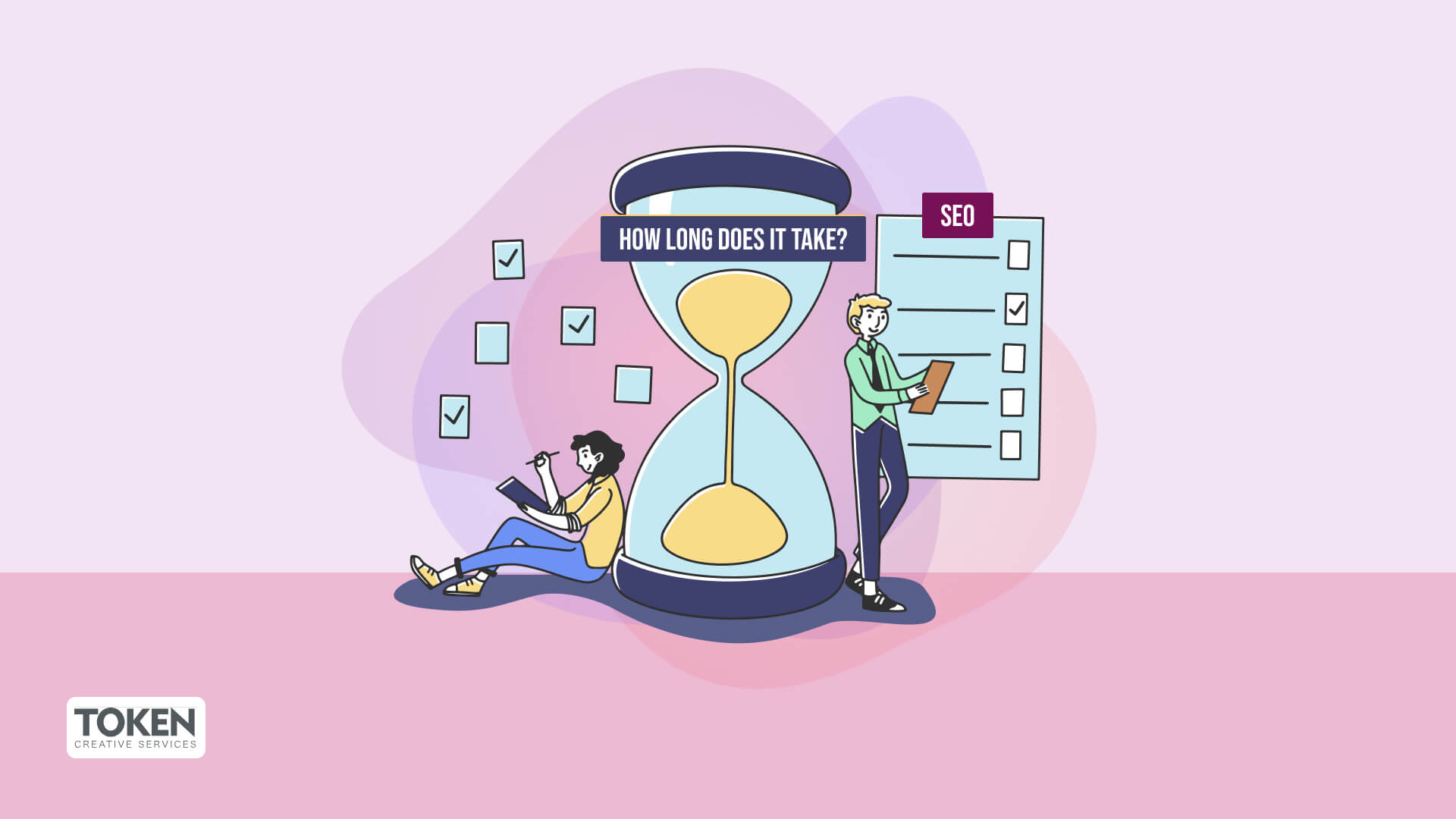The Ultimate eCommerce SEO Guide: Strategies, Tricks & Best Practices for Digital Success
The Ultimate eCommerce SEO Guide: Strategies, Tricks & Best Practices for Digital Success
Blog Article

In today's online landscape, online store SEO is a fundamental aspect of running a successful online store. With Google and Bing being the primary source of traffic for most digital retail businesses, enhancing your website for SEO can greatly influence your visibility, revenue, and overall growth. According to BrightEdge, over 53% of all website traffic comes from natural search, making it vital for online retailers to focus on SEO tactics that improve rankings and increase conversions. This manual will walk you through eCommerce SEO methods, best practices, and practical data findings to help your store succeed in a crowded landscape.
Understanding Online Store SEO and Its Importance
SEO for online stores goes beyond basic website optimization. It includes enhancing item listings, collections, and the overall site architecture to improve rankings and UX. According to Moz, the top-ranking websites on Google receive 31.7% of all traffic, while lower-ranked pages get considerably less visibility. By implementing an effective eCommerce SEO plan, businesses can drive natural traffic and minimize reliance on advertising-based advertising.
Key online store SEO factorscomprise keyword research, site optimization, structured data, loading performance, and mobile optimization. Google’s mobile-first indexing further emphasizes the importance of enhancing for mobile eCommerce, as over 72.9% of online store sales now come product descriptions from smartphones and tablets (Insider Intelligence).
Keyword Research: The Backbone of eCommerce SEO
Proper online store keyword research is crucial for appearing higher in search results. By finding the right search terms, businesses can reach potential buyers at different phases of the purchase journey.
Steps for Successful Keyword Research:
Identify Google ranking Transactional Keywords: Use tools like Google Keyword Planner, Ahrefs, and SEMrush to find effective transactional search queries (e.g., "buy running shoes online").
Leverage Specific Keywords: Phrases like "best running shoes for flat feet" often have less competition and higher purchase likelihood.
Analyze Competitor Keywords: Tools like SpyFu and Ubersuggest help find keywords that drive visitors to competitor sites.
Optimizing Item and Category Pages for SEO
Product and collection listings play a vital function in eCommerce SEO. Optimizing these sections guarantees better rankings and a smoother customer journey.
Best Practices for Product Page SEO:
Use Original Item Descriptions: Avoid duplicate content by crafting custom descriptions.
Optimize Headings & Meta Descriptions: Include main keywords while keeping them appealing and concise.
Add High-Quality Images with Descriptions: Enhances search visibility and enhances user experience.
Internal Connections: Direct users and search engines to related items and collections.
Boost Your ECommerce Revenue with Professional SEO
Finding it difficult to rank higher and increase website traffic to your online store? Token Creative Services offers top-notch eCommerce SEO that improves visibility, attracts the right audience, and increases conversions.
Be discovered. Grow your revenue. Stay ahead of the competition.
Reach out now customer journey for a tailored SEO plan that helps your business grow.
Conclusion
eCommerce SEO is a continuous investment that requires strategic planning, implementation, and patience. By following best methods, improving item and collection pages, and focusing on site optimization, online stores can experience long-term growth. As search engine ranking factors continue to evolve, staying updated with the latest eCommerce SEO trends is crucial.
Are you ready to elevate your eCommerce business to the higher stage? Begin improving today.
Report this page